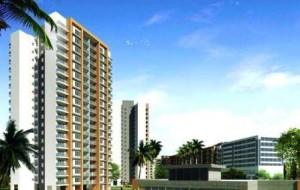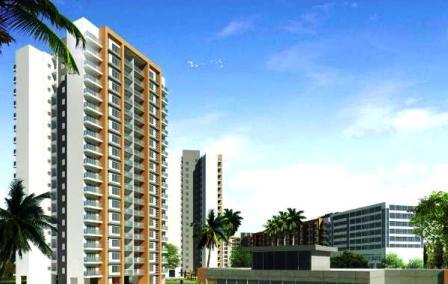By: Bhavna Modgil
Track2Realty Exclusive
 Integrated township as the future of urban living is an established reality. However, the future of integrated townships depends not only on the infrastructure development, but also creation of overall social infrastructure. Track2Realty delves deeper into the issue to find out the thin line that bifurcates between a successful case study and a dream unfulfilled.
Integrated township as the future of urban living is an established reality. However, the future of integrated townships depends not only on the infrastructure development, but also creation of overall social infrastructure. Track2Realty delves deeper into the issue to find out the thin line that bifurcates between a successful case study and a dream unfulfilled.
When the infrastructure has been on a roll and the cities stretching its limit, the general argument that the Indian real estate offered has been that it is not the distance but the travel time that is the new criterion to buy a house. After all, the expressways and highways were making commuting less troublesome and hence a visible perception towards suburban living. However, with increasing fuel cost added to the lack of social infrastructure made many such dreams getting shattered.
And it is here that one needs to understand the difference between the suburban residences and the truly satellite town living. To put it simply, the answer lies in integrated townships, a concept that has been adopted well and proven in the West and even Far East, for over 3-4 decades, for addressing mobility issues. Integrated township is a holistic community living concept where contrary to wasting precious hours in commuting, walk-to-work is normally the pattern. An integrated township has everything that families need in close proximity from their homes—shopping malls, entertainment options, hotels, hospitals, schools, offices etc.
In the mad rush of urban landscape where mostly the weak urban planning, lack of public transport, longer travelling time to workplace and inadequate infrastructure adds woes to the property buyers rather than enabling them for a better living, integrated township is the only solution. In most cities, new development areas are not planned properly and therefore do not act as satellite towns, but merely as suburban residential areas.
Take the case of Rajiv Rai, a Chartered Accountant with a multinational software company. He commutes two hours daily to work in rush-hour traffic. He spends as much time, often more, on the journey home. Though driving is his passion, but given the bottleneck in the main city of Bangalore he was frustrated by the amount of unproductive time he spent on road.
Then, his firm took office space in an integrated township on the outskirts of the city. “It was a dream come true,” he says. “This township includes my office and I have taken a flat that is hardly 10 minutes walk. It has a shopping mall, multiplex, hospital, school and most of the necessary amenities within walking distance. Moreover, even when I am out of the city on official tours, I am sure of the safety and logistical security of my family,” says Rai.
The dream solution that Rai got may not be possible for many, despite of such intent in the integrated townships, in the current context of double-income families. It can nevertheless establish adequate, well-equipped office space infrastructure and offer lower rentals to attract companies, banks and corporate houses and create ample opportunities for residents. Apart from this, to smoothen communication between the township and the workplace for rest of the residents, the location of the township should be such that it is easily accessible from various parts of the city.
..…to be continued





